B.183
B.
Bulletin
New Zealand's leading
gallery magazine
Latest Issue
B.22201 Dec 2025
Contributors

Director's Foreword

Reopening, Redesigning and Returning
When I wrote my foreword for B.182, we were edging closer and closer to reopening; still anticipating this major milestone after almost five years. Having made the vaguely reckless decision to open our doors, come what may, at 10am on 19 December 2015 – a mere week after project completion – we stuck to that deadline.
Interview
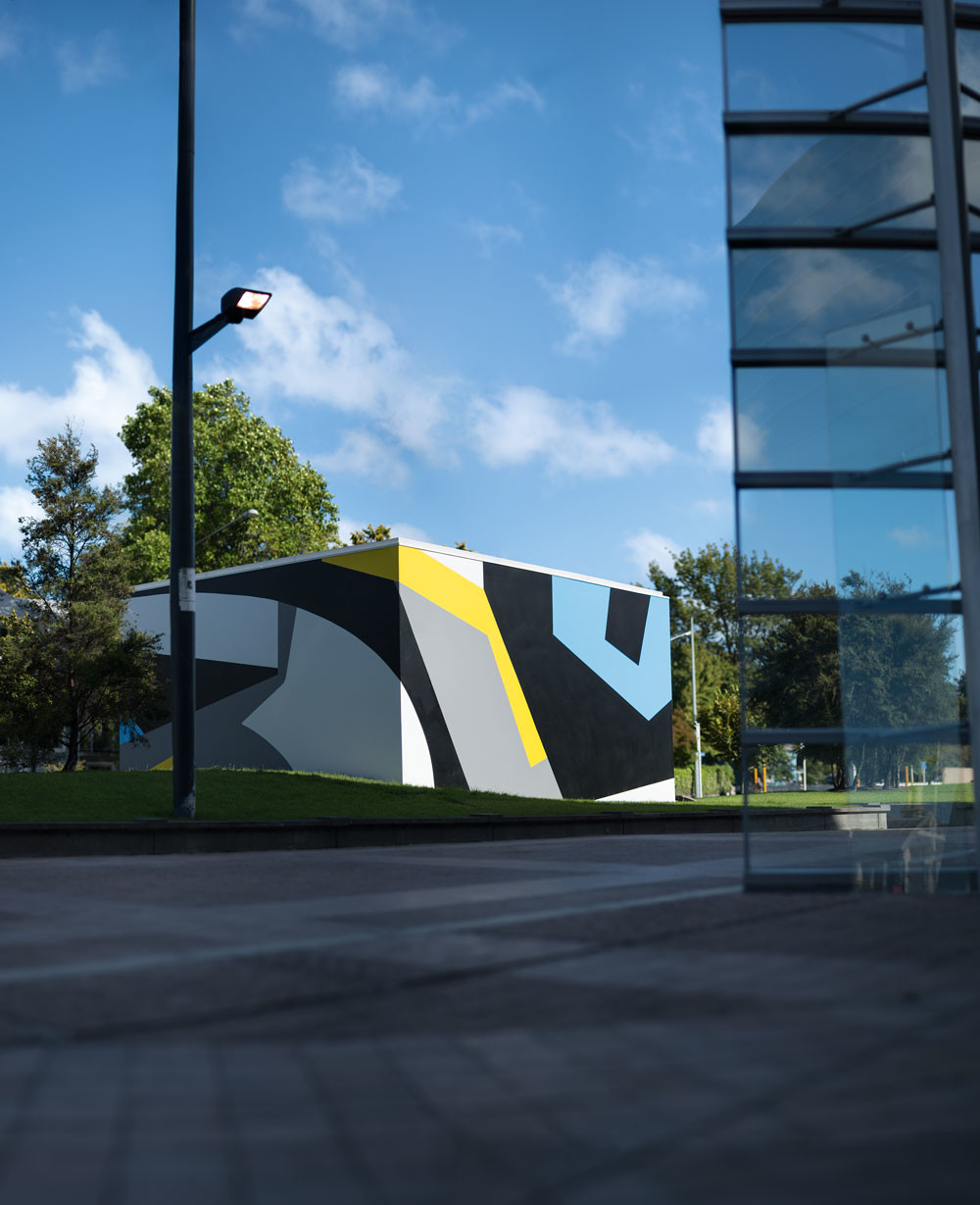
Silent Patterns
When we asked Tony de Lautour to produce a new work for the Bunker—the name Gallery staff give to the small, square elevator building at the front of the forecourt on Montreal Street—he proposed a paint scheme inspired by Dazzle camouflage. Associated with the geometric near-abstraction of the vorticist movement, Dazzle was developed by British and American artists during the First World War to disguise shipping. It was a monumental form of camouflage that aimed not to hide the ship but to break up its mass visually and confuse enemies about its speed and direction. In a time before radar and sonar were developed, Dazzle was designed to disorientate German U-boat commanders looking through their periscopes, and protect the merchant fleets.
Senior curator Lara Strongman spoke with Tony de Lautour in late January 2016.
Article
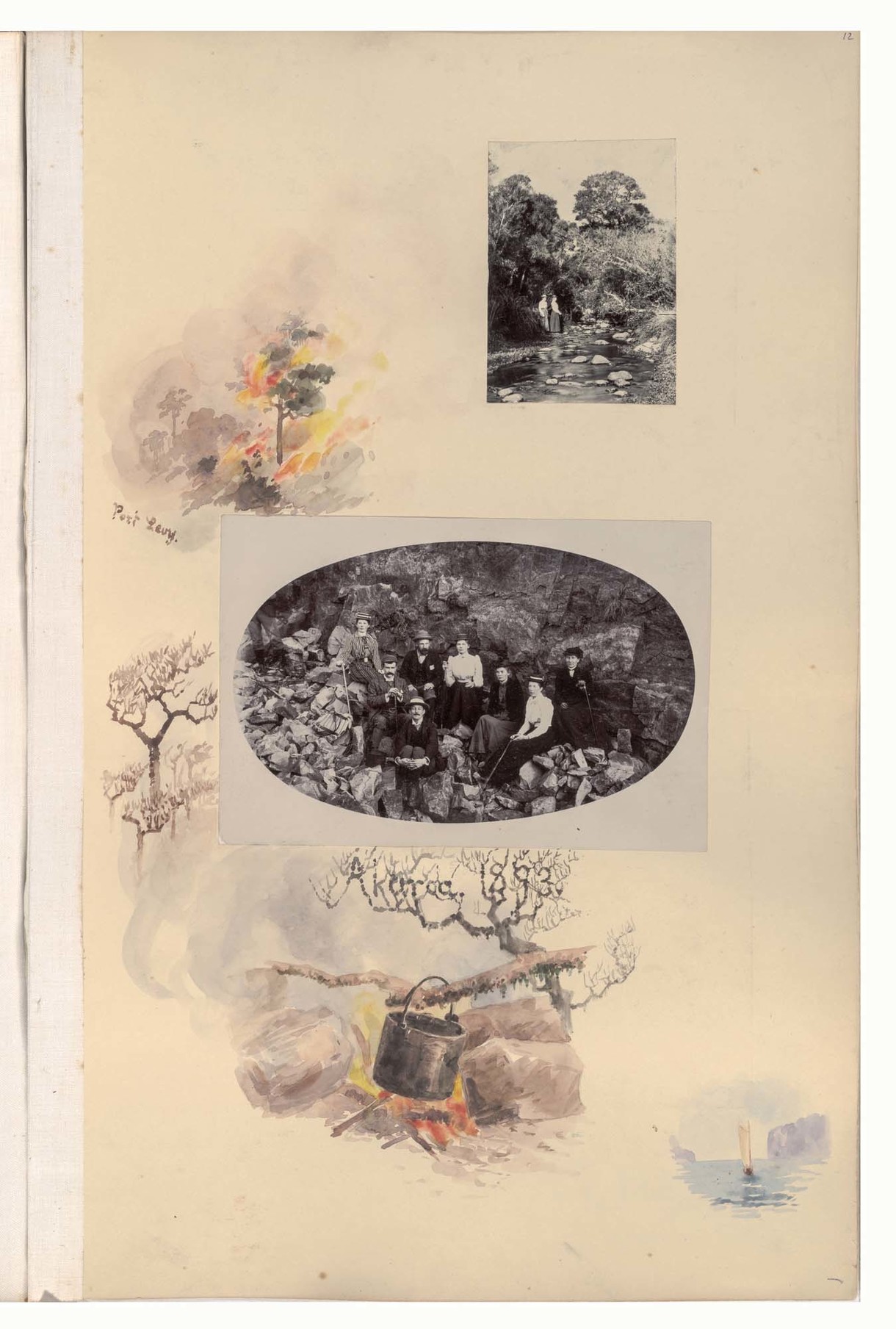
Exquisite Treasure Revealed
Canterbury Museum holds two albums compiled by Diamond Harbour artist Margaret Stoddart. The older of the two, containing images featured in this Bulletin, and itself currently exhibited in the Gallery, covers the period 1886–96. The album is handsomely bound in maroon, and stamped M.O.S. in gold. It contains a sort of travelogue by way of black and white photographs set amongst decorative painting, mostly of native flora, with some locality and date information.
Postcard From...
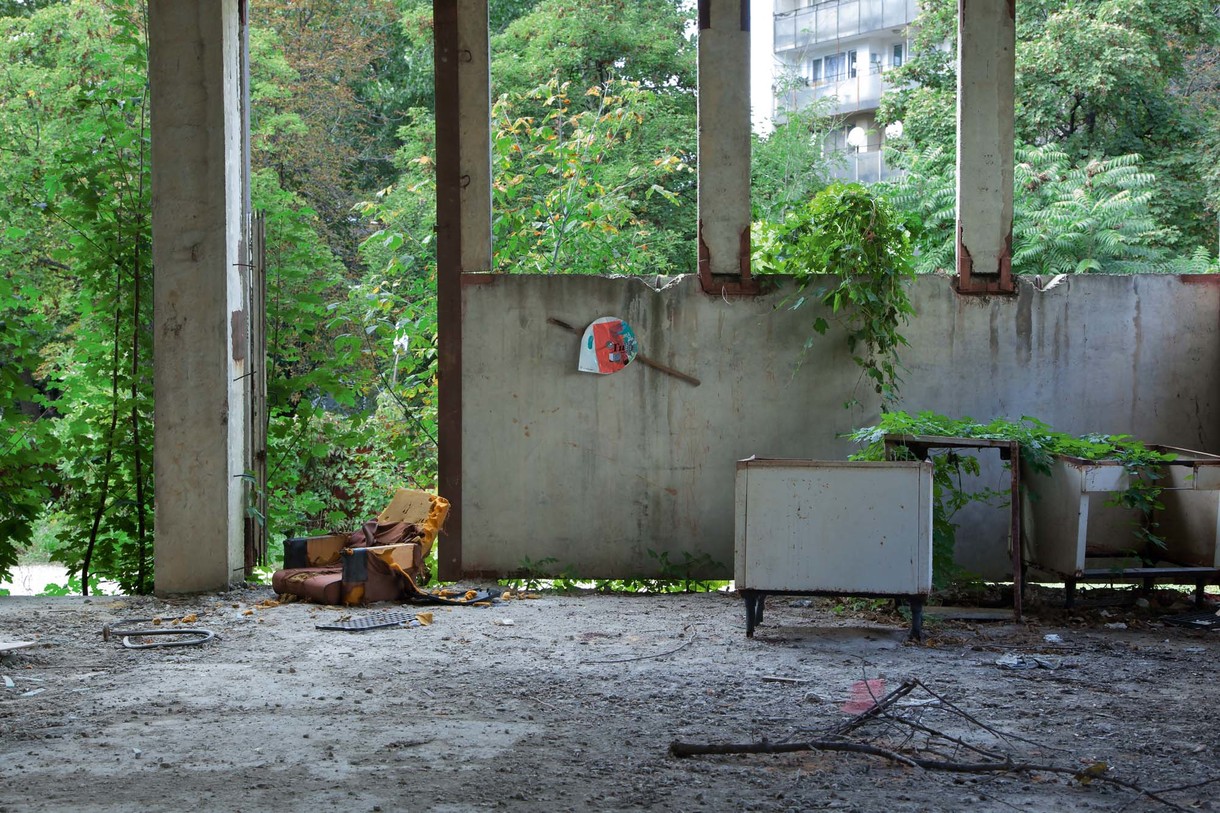
Postcard From
I live in Vienna; what’s it good for? The general humour of the place starts with Schmäh (pronounced schmee), a happily nihilistic response to problems. For a long time, people here have been thinking about meaninglessness and the indifference of reality. An American professor who taught linguistics at the University wrote a paper on the topic. One nice thought related to Marie Antoinette, who the French think of as naïve and decadent—‘let them eat cake’. However, she was raised in Vienna and by most accounts was much more politically aware than her peers in Paris. When the pitchforks came the statement was not a naïve one, but a knowing resignation to the guillotine; perhaps the first historically recorded incidence of Schmäh.
My Favourite

Selwyn Toogood, Levin
I spent much of my adolescence in hospital, confined to bed due to a chronic illness. With a 14" TV beside me, I’d travel to imaginary places via the controller of my Nintendo games console. At the time, I couldn’t imagine walking to the letterbox, let alone experiencing the more exotic places of the world.
Commentary
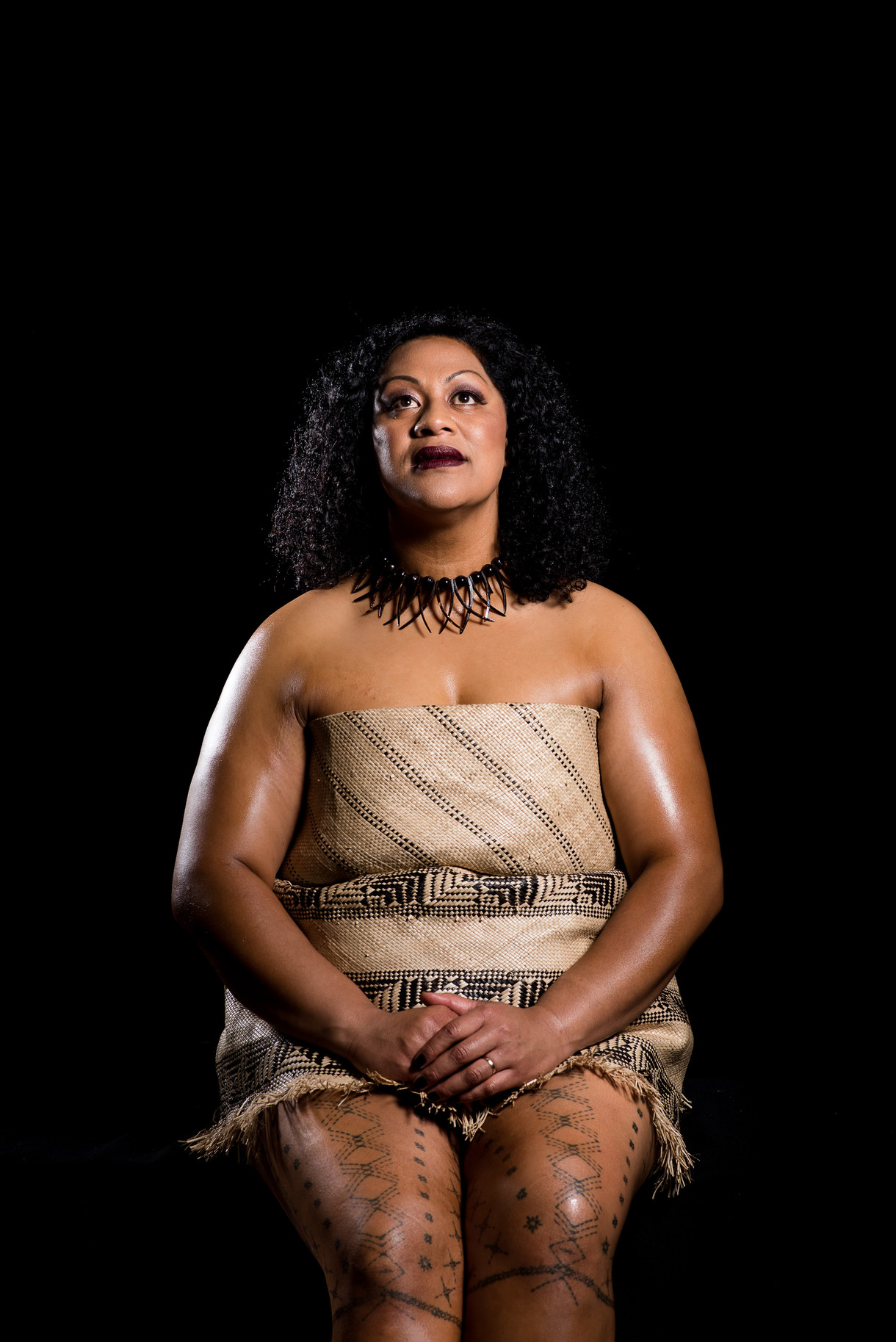
A Perspective on Pacific Art in Christchurch
Pacific art is one of the more internationally successful and innovative sectors of New Zealand’s art industry, but Pacific artists in Ōtautahi have struggled to be a visible part of the city’s cultural landscape. Due to our small population and distance from the Pacific art capital that is Auckland, our artists have often developed in relative isolation, relying on our Pasifika arts community to maintain a sense of cultural vitality, belonging and place within the city.
Article
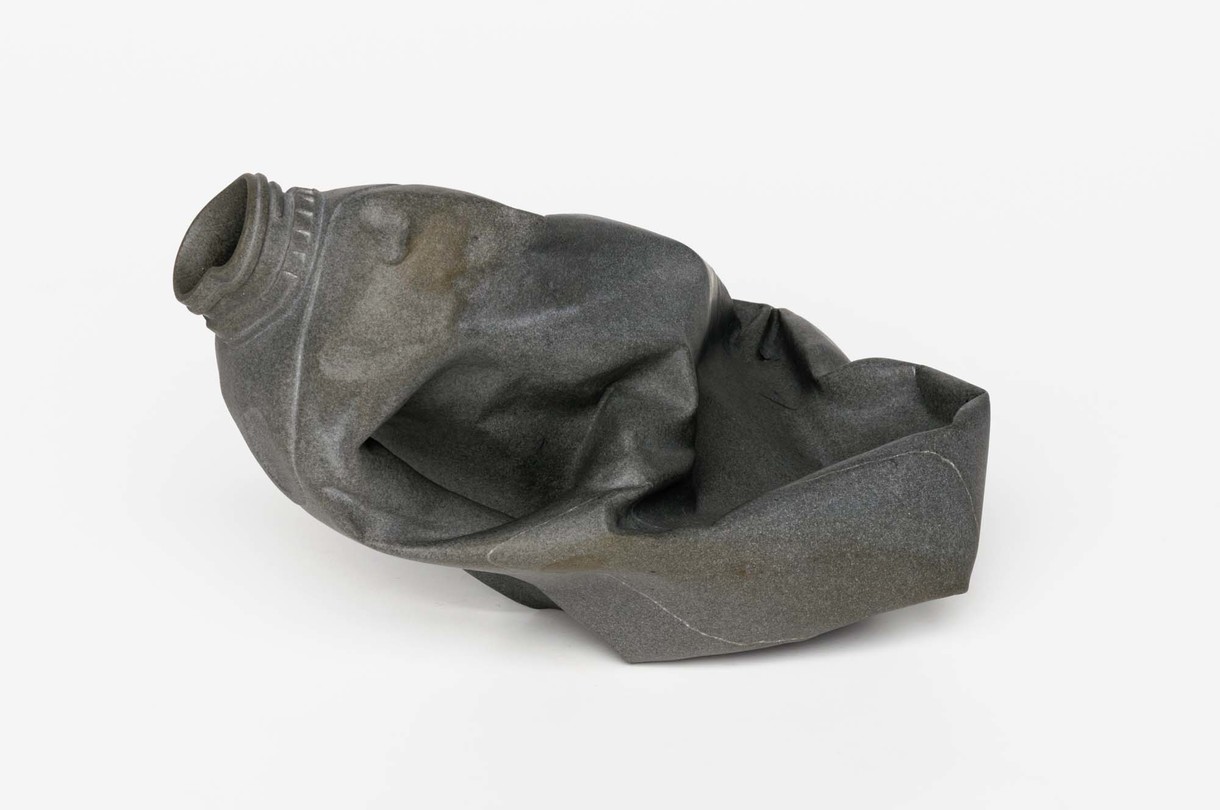
Hidden in Plain Sight
In 1997, I went to see an exhibition called White Out, curated by William McAloon for Auckland Art Gallery’s contemporary space. The show’s subtitle unambiguously promised ‘Recent Works by Seven Artists’, but as I completed my circuit I realised I’d come up one maker short.
Interview
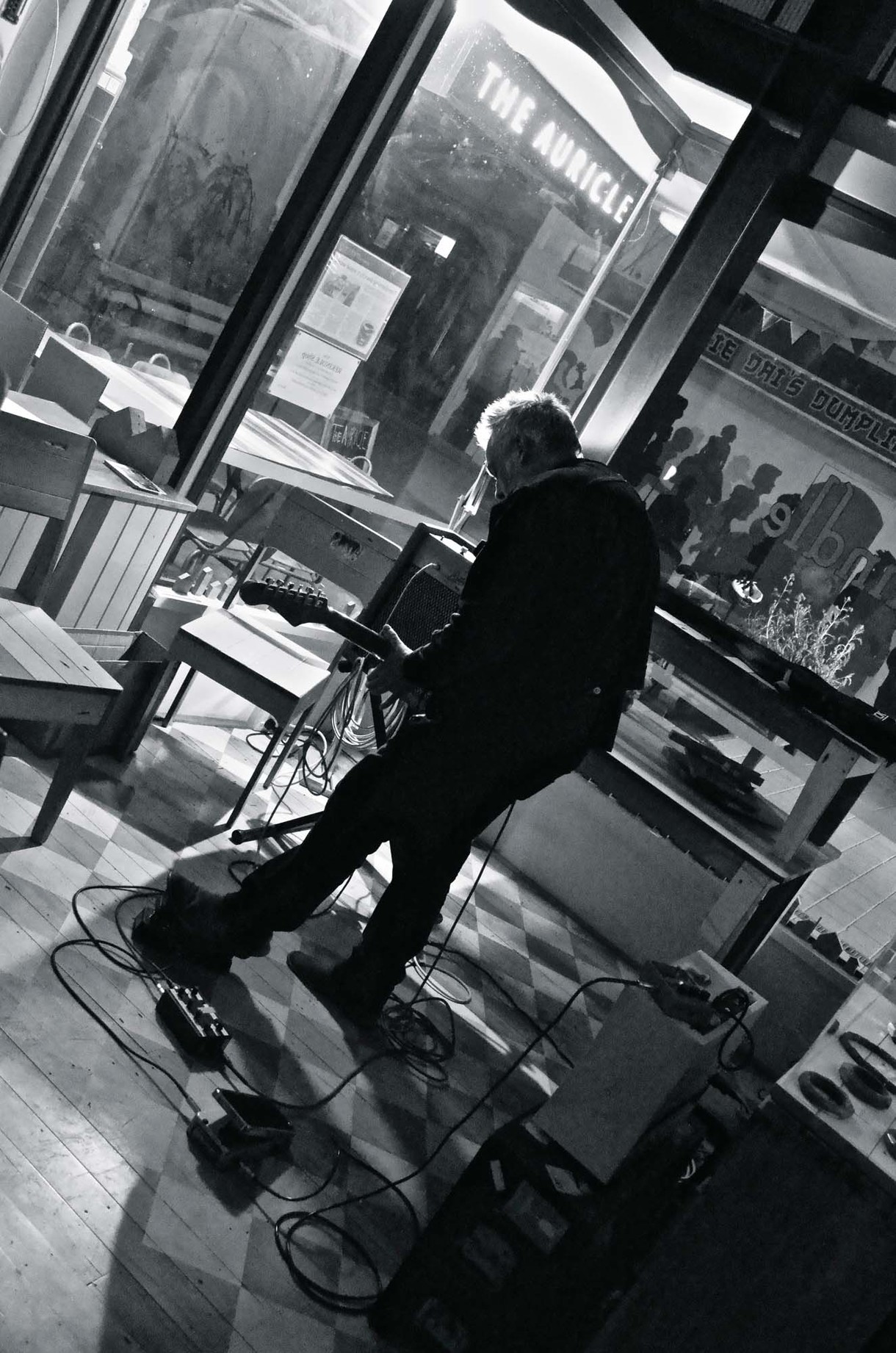
Unsung
Curator Peter Vangioni talks with Malcolm Riddoch, founder of the Auricle Sonic Arts Gallery in New Regent Street, and artist Bruce Russell.
Article
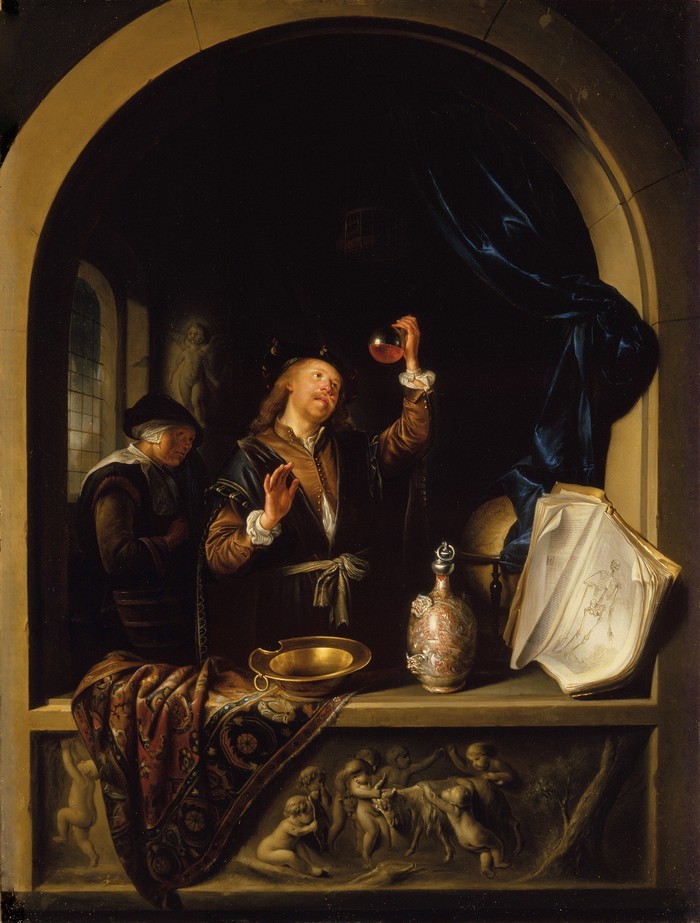
Trove
Recounting the untold stories behind some of the works in the exhibition Treasury: A Generous Legacy, curator Ken Hall also underlines the value of art philanthropy.
Commentary
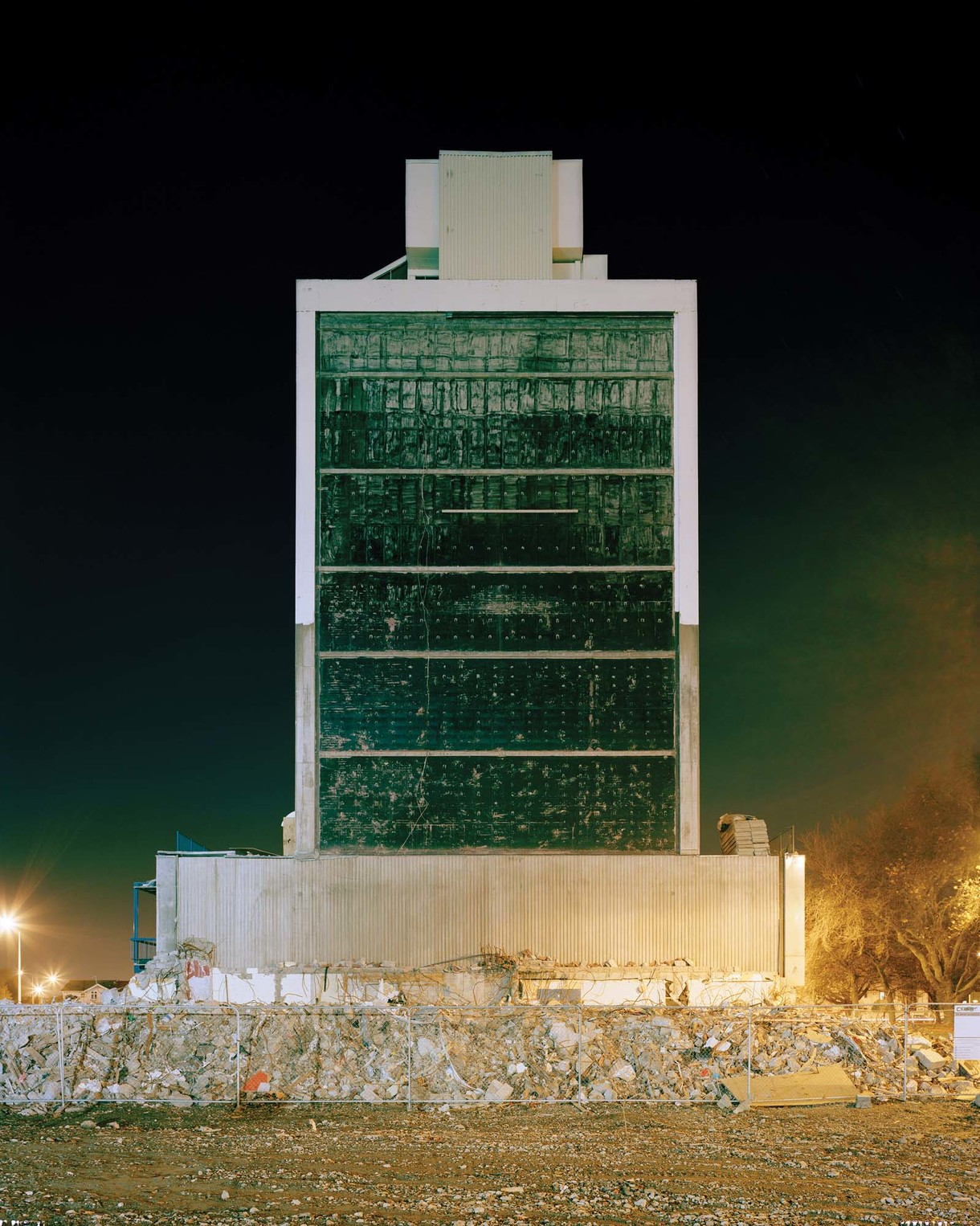
City of Shadows and Stories
If cities are the ground into which we plant stories, the soil of Ōtautahi – later Christchurch – is undergoing a protracted tilling season. Five years is a long unsettlement in human terms; on a geological (or indeed narratological) scale, time moves more gradually. Christchurch exists today as a rich aggregation of narratives, propping up physical edifices of crumbling stone and cardboard.






